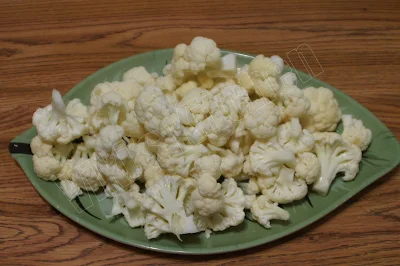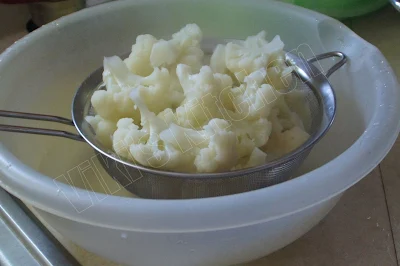Then this festival spread from villages to cities and people started celebrating it with watching new movies, interesting TV programmes and by everything they like. The cooking part is also there, but with some modification.....the cooker pongal. I won't say all the cities are celebrating a quick pongal. I have seen elaborate traditional Pongal celebrations in villages surrounding Chennai. I think it is the responsibility of every parent to show their kids their tradition and should encourage them to celebrate the festivals. Traditional or not, Pongal is Pongal ! So go for it and enjoy !
Here I am narrating a very easy way to prepare this Sarkkarai pongal in cooker. Hope we all enjoy Pongal with all the abundance and prosperity, Happy Pongal !
 |
| Sarkarai Pongal |
 |
| Boil the milk in cooker. It is a tradition to see the boiling milk on that day. |
 |
| Cooked rice and dal |
 |
| Add jaggery solution or crushed jaggery |
 |
| Fry the cashews, raisins and keep aside. |
 |
| Sarkarai pongal is ready! |
Ingredients: (for 4 servings)
Raw rice (pacharisi) or Basmati rice - 1 1/2 cup
green gram lentil (paasi paruppu)- 1/2 cup
whole milk - 1/2 liter
jaggery (Indian brown sugar ) - 1 1/2 cup
ghee - 1 tbsp
cashew - 10
raisins - 10
cardamom powder - 1 tsp
edible camphor (pachai karpooram) - a tiny pinch
Method:
1.In a wok , dry roast the green gram till it turns mild red and gives nice flavor. Take out.
Dry roast the rice to get it little puffy and bright white.
Put them both together and rinse well.
2. Boil the milk in cooker.
3. Put the rice+dhal in to the milk. Bring to one whistle and reduce flame. Cook for 5 minutes.
Switch off. Open after the pressure is released. Mash using a spatula.
4. Dissolve the jaggery and bring to a boil with 1/2 cup water. Strain and remove impurities. Add the jaggery solution to the boiling mixture. (If the jaggery is of very good quality without any sand in it, then we can add as shown in my photo). Add enough water to cover the rice. Cook with weight valve, in lowest heat for 5 minutes (no need for whistle).
5. In the mean time, heat the wok. Fry the cashews, raisins in ghee.
To the cooked pongal add the fried nuts and raisins, cardamom powder, edible camphor and mix well.
Sarkarai pongal is ready!
Serving suggestion:
Serve as breakfast on Pongal day.
Makes a dessert along with idli during a grand breakfast.
Other Pongal recipes :
Rich Sarkarai pongal
Sarkarai pongal
Pongal avial
Pongal puLi curry
Venn pongal
Ketti paruppu
Wishing all a very happy and prosperous Pongal,
GoodLightscraps.com

May this Pongal festival brings peace, good health, success, cheer, prosperity and every happiness we wish for.
Happy Pongal! Love, Viki Xavier





































